ORCnext project concludes waste heat recovery efficiency can be boosted by 20-25%
Green Car Congress
MARCH 18, 2016
The four-year projet ORCNext , aimed at developing knowledge and design tools for next generation of Organic Rankine Cycles (ORCs), has concluded that waste heat recovery efficiency can be increased by 20 to 25% through appropriate cycle selection, efficient expanders, appropriate control and less oversizing of the heat exchangers.


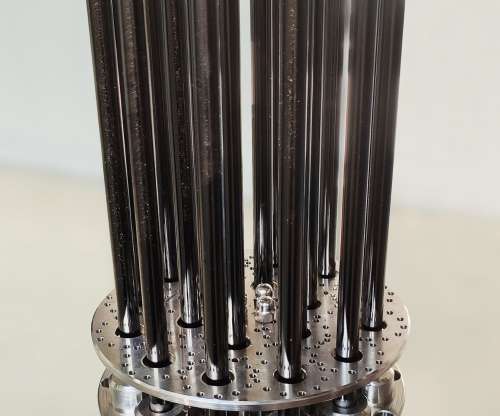






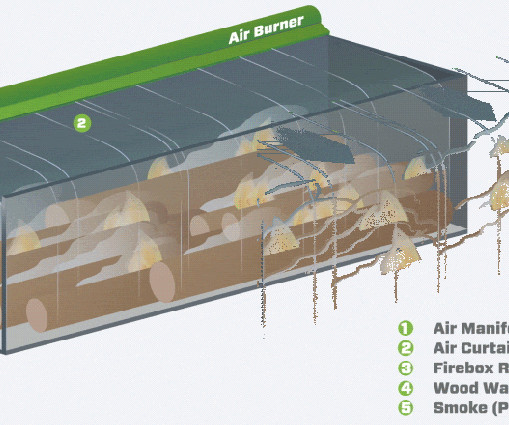

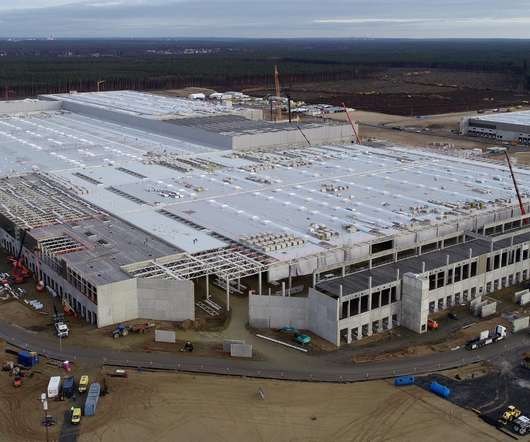






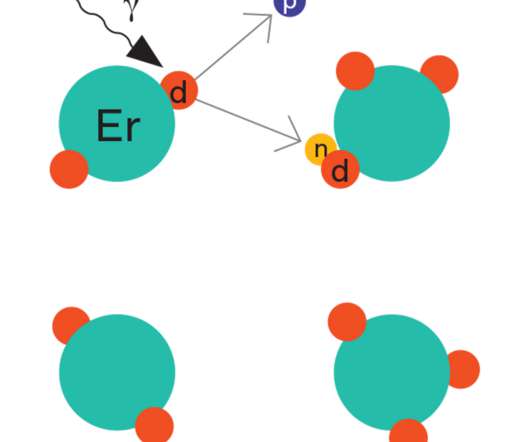


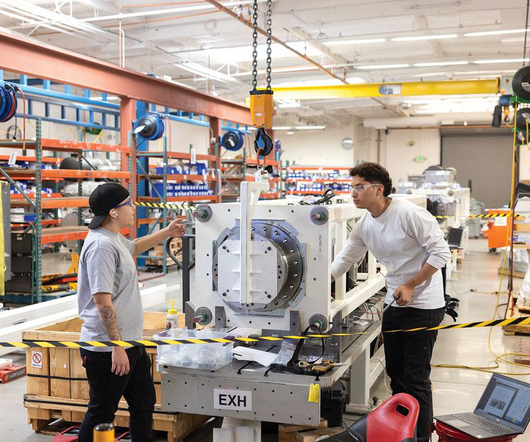














Let's personalize your content